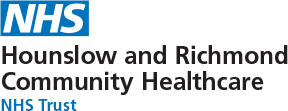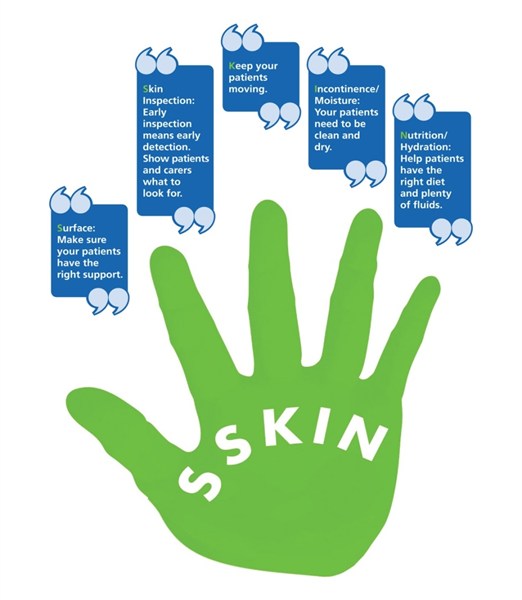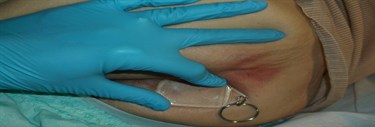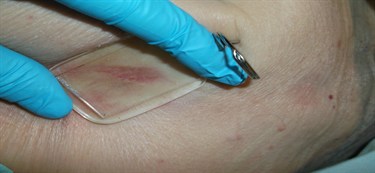Pressure ulcers: Advice for patients and carers
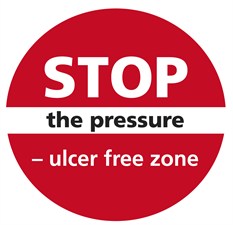
We are committed to preventing pressure ulcers and helping local patients, families or carers to manage pressure ulcers more effectively.
Pressure ulcers result in a marked reduction of quality of life for patients and can be painful and hard to heal. This creates significant difficulties for patients, as well as their families and carers.
This page contains information for carers and patients on how to help prevent pressure ulcers. Carers play a vital role in preventing pressure ulcers - as people who have frequent contact with the individual at risk - and so it is important they are aware of how they can help reduce and prevent pressure ulcers from occurring.

